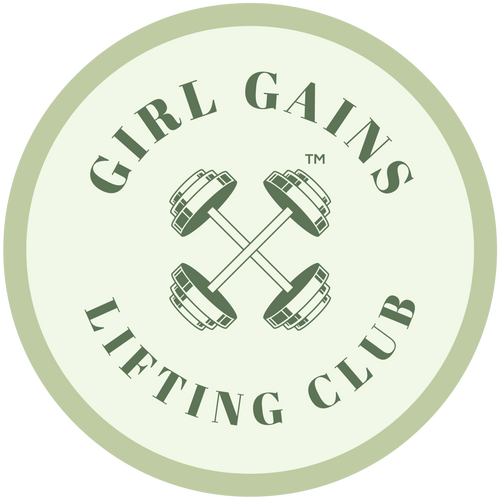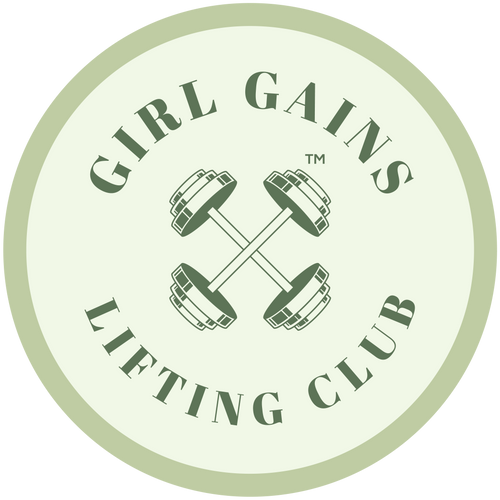![]() Sarah Omar
Sarah Omar
I’d love to start a series on maximizing gains for different muscle groups, so why not start with the one all of us love to focus on. Let’s start with a review of compound lifts and get into the functions of each glute muscle.
What is a compound lift?
Compound lifts are any strengthening exercise where you’re using more than one muscle group at the same time. These include your squats and deadlifts.
Building Size
Choosing compound glute exercises focusing on complete extension of the hips is important if you want to build size. For example, the back squat puts the most resistance on the glutes at the bottom of the exercise. Although the squat can grow your glutes, a movement like the barbell hip thrust puts resistance on the glutes the whole movement throughout every rep. So to build size, you’ll want to include a variety of movement patterns.
Building Strength
Strong glutes will go a long way for an athlete. If you want to build strength, it’s important to progress in compound exercises for your legs and glutes. Although this article is focused on compound glute workouts, performing exercises that build both leg and glute muscles puts us in a position to improve strength.
Types of Glute Muscles
- The gluteus medius is placed outside the pelvis and works in conjunction with the gluteus maximus. With supporting extension and external rotation of the upper leg, it also helps with internal rotation of the upper leg as well.
- The gluteus maximus is the largest glute muscle of the three. In fact, it’s the largest muscle in the human body! Its main function is hip extension, but it also supports the pelvis and plays a role in the external rotation of the upper leg.
- The gluteus minimus is the smallest of the three gluteal muscles. It is located beneath the gluteus medius and works to internally rotate the upper leg.
Now that we’ve learned the main muscles we are looking to grow, let’s get into the movements that will maximize your gains in an efficient manner. Most of these are going to directly target the gluteus maximus, but there are modifications you can do to activate the smaller muscles like the minimus and medius.
Best Exercises for Glutes
Step ups- Step ups work the gluteus maximus, quads, hamstrings, adductors and abductors, calves, and core, and can help to improve stability and reduce muscle imbalances between the two legs.
- The step up is a single leg movement that has the highest muscular recruitment out of all of the compound lifts for glutes.
- According to Bret Contreras (inventor of the barbell hip thrust), the key to selecting the right box height is to go as high as you can without rounding your lower back or shifting your hips to the side.
- Hip thrusts work out your gluteus maximus, gluteus medius (add a band around your knees for more activation), hamstrings, quads, lower back, and hip adductors. My life changed when I started hip thrusting on the smith machine and using a rolled up yoga mat as a cushion against the bar.
- Hip thrusts allow for total engagement of your glutes at the top. The horizontal resistance of the bar will allow for full contraction of the glutes.
- Squats work your quads, core, glutes, adductor magnus. Again, this one is great for building both size and strength!
- We can do single leg squats to activate the gluteus medius.
- I personally was not a fan of squats for a really long time. One day I decided I wanted to get sets in without the sharp hip pain it caused me, so I dropped the weight to just the bar. Focusing on fixing my form is what allowed me to appreciate the movement more, so when in doubt drop the weight and center your attention on the movement and your cues.
- Performed with a bit of a wider stance than the conventional deadlift, this movement involves placing your feet wider than shoulder width apart with your toes pointed out. This movement may also be beneficial to you if you have longer limbs and a shorter torso. It’s easier on your lower back, as there’s a shorter range of motion in comparison to a conventional deadlift.
- The sumo deadlift targets the quads, gluteus maximus, and hamstrings more than the traditional deadlift.
- This can help increase your leg and hip strength.
Back extensions
- Back extension works your lower back, glutes, and hamstrings.
- It could be fun to add weight eventually and then do drop sets. I do back extensions alongside my accessory movements at the end of my workout!
There is so much more knowledge to be shared about this subject including accessory movements and even cardio like sprinting that could help you build these glorious muscles. Your glutes are responsible for accelerating, decelerating, changing directions, and creating explosive power in jumps! Strong glutes allow for proper pelvic alignment, propulsion during walking and running, and even standing on one leg. Working out this area helps support your lower back and prevent knee injuries. So while glute building is the current preferred “aesthetic,” it’s actually what makes for a great athlete overall.

Reference:
Contreras, B. (2019). Glute Lab: The Art and Science of Physique Training. Victory Belt Publishing.Welcome to the Girl Gains Publication 💌
We highlight inspiring, educational, and entertaining articles written by women for women. Happy reading!

